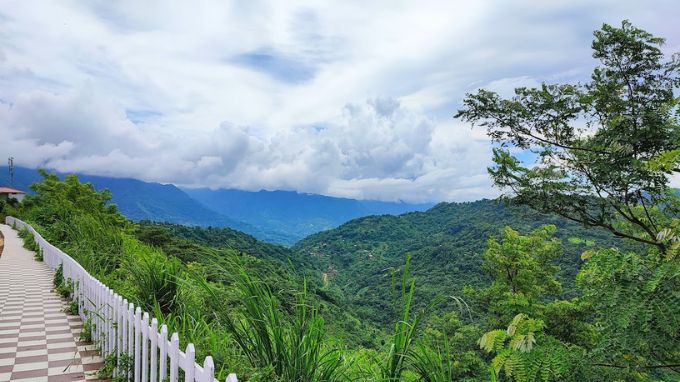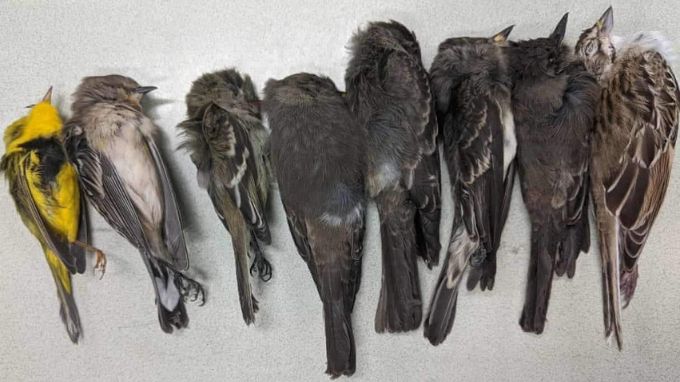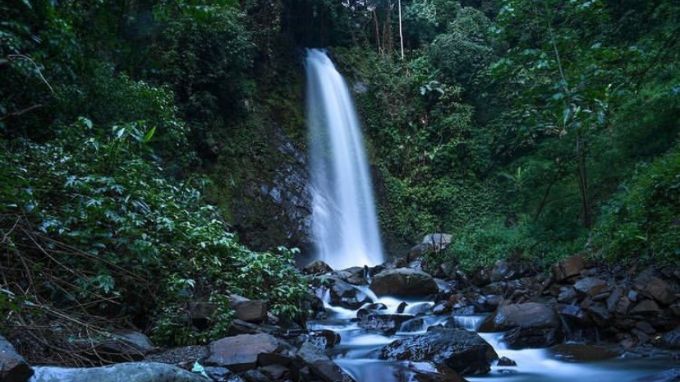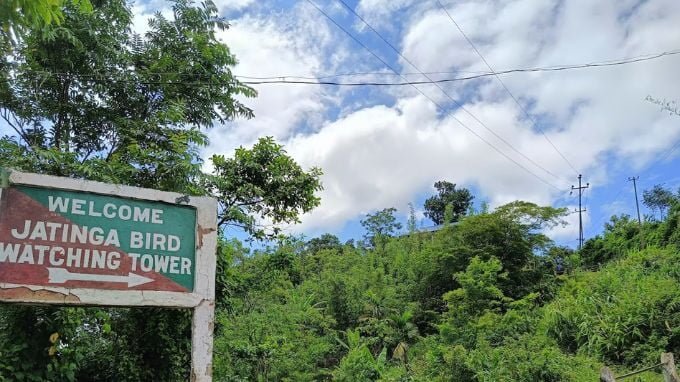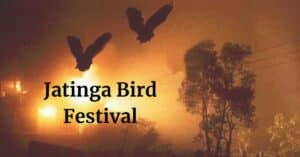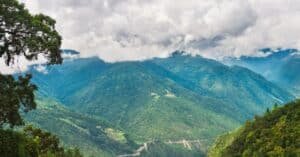The hill district of Dima Hasao, situated approximately 330 Km south of Guwahati, is remarkable. This enchanting region features rolling blue hills, lush green valleys, meandering rivers, babbling streams, and pristine waterfalls. Within the Dimasa Hasao district lies the picturesque Jatinga Village.
What is Jatinga Village famous for?
Reason 1:
Jatinga village is famous for the phenomenon of birds ‘committing suicide’. It is often known as The Bermuda Triangle for Birds. Every year, thousands of local and migratory birds come to Jatinga, typically in September and October and they die under mysterious circumstances. It is one of the rarest phenomena on earth. To witness this, many tourists and bird enthusiasts visit Jatinga village of Assam.
Reason 2:
Jatinga village features isolated roosting sites of a migratory bird – The Amur Falcon which embarks on an incredible migration journey from Siberia in the Northern Hemisphere to South Africa in the Southern Hemisphere via Northeast India covering over 22,000 kilometers.
Reason 3:
Jatinga is also famous for its natural beauty. Jatinga Valley offers ecotourism opportunities and has many tourist attractions nearby. The annual Jatinga Festival and Falcon Festival held in Jatinga are unique festivals to explore tribal culture and music of Dima Hasao district. We will discuss about tourist places near Jatinga village later in this blog. Let’s go to the mystery of Jatinga.
What is the mystery of Jatinga Village?
The peculiar event of mass suicide of birds occurs at the conclusion of the monsoon season, typically in September and October, during moonless, foggy, and dark nights between 7 p.m. and 10 p.m. Birds in flight suddenly plummet to the ground without warning and die of mysterious circumstances.
What type of birds die at Jatinga?
Approximately 40 different species, including the tiger bittern, little egret, black bittern, pond heron, Indian pitta, and kingfishers, have been found committing suicide at Jatinga valley. These birds are both local and migratory type.
Jatinga Bird Mystery Solved
Several theories attempt to elucidate this phenomenon. Some suggest that a combination of high altitude, strong winds, and fog disorients the birds, causing them to be drawn to the village lights as a means of stabilizing their flight. Another theory posits that changes in the magnetic properties of underground water in the area disrupt the birds’ physiological rhythms, prompting abnormal behavior towards light sources.
However, it is important to note that the birds in Jatinga do not intentionally commit suicide. Instead, they become disoriented and are attracted to sources of light within the village, often torches held by villagers, resulting in their unintentional demise. It has been observed by bird watchers that after sudden fall, the birds hit bamboo trees and other barks of tree and gets injured leading to death.
Role of local residents of Jatinga Valley
Local residents have traditionally capitalized on this event by capturing and using the birds for sustenance, viewing them as a divine gift. Nevertheless, efforts by Indian wildlife and bird preservation organizations to educate the villagers about this phenomenon have led to a significant reduction in bird casualties, with a forty percent decrease reported. Now that, local residents of Jatinga valley are aware of this unique phenomena and its tourism potential, they have wholeheartedly joined conservation efforts. The local residents along with the cooperation of district administration of Dima Hasao district have been organising Jatinga Festival every year to raise awareness about this mass suicide of birds and to boost tourism potential of the valley.
Why is Jatinga called the Valley of Death?
Even though the local residents have stopped killing birds and have joined the conservation effort, death rate of birds at Jatinga is not declining. Despite the numerous theories put forth by renowned ornithologists, the true cause of this rare occurrence remains a mystery. So, it is still a ‘valley of death’ for birds.
How To Reach Jatinga?
Haflong, the headquarter of Dima Hasao district, is the nearest town to Jatinga.Haflong to Jatinga is 12 min (5.4 km) road journey via NH 627. Haflong is well-connected to the Guwahati – state capital of Assam and it is located southeast of Guwahati approximately 330 km away. It can be reached through various modes of transport like train, bus and hired taxi.
Where to Stay near Jatinga?
As Jatinga is very close to Haflong, it is advisable to stay in Haflong. There are many hotels, lodges and resorts offering good services. You don’t need to pre-book as abundant hotels are available. You can also explore other important tourist places of Dima Hasao from Haflong.
Tourist Places near Jatinga Village
Jatinga Valley offers a plethora of waterfalls, each with its own charm. Tonghaam Waterfalls, Kshaid Puri Waterfall, and Changsu Punji Waterfalls are among the tourist places that lie within a mere 25-kilometer radius of Jatinga, providing visitors with an immersive experience in the soothing sounds of cascading water.
Tongham Waterfall
Jatinga Bird Watching Center
For bird enthusiasts, the Jatinga Bird Watching Center stands as a captivating spot. Positioned strategically on a watchtower, it offers an unobstructed view of Hempeupet, the second-highest peak in Assam. The center is a haven for birdwatchers, providing an opportunity to witness a diverse array of avian species in their natural habitat.
Jatinga View Point
